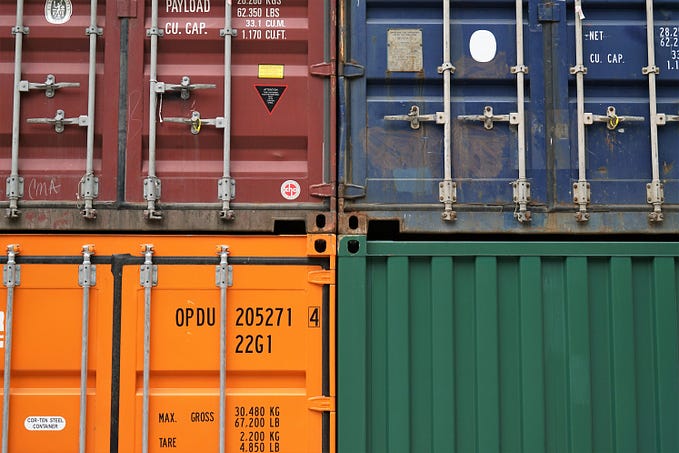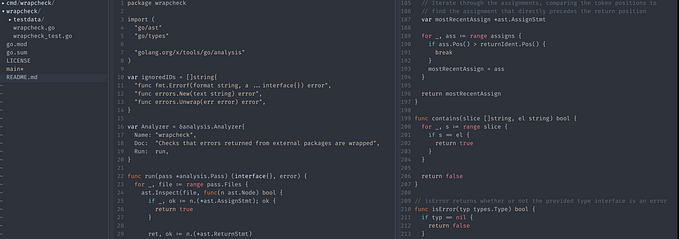
Member-only story
The Path to the Handstand
The handstand is one of the flashier bodyweight movements out there. It’s something that many of us may have fearlessly played with as kids, but as adults it’s a different story. It’s weird for our bodies to be upside down, right?
It might seem nuts to imagine yourself doing a handstand, but in truth it’s achievable for most of us. We just have to follow the right path, using different progressions and stepping-stone exercises to get us there.
The Fundamentals
There are three elements to train for in pursuit of the handstand as a skill;
- Strength
- Mobility
- Body Position
We have to train our strength, so that we are physically capable of holding our weight in our hands. The handstand requires significant shoulder, back and core strength.
We have to train our mobility, so that our body is able to safely move into the handstand position. We need strong yet flexible wrists, and most of us require better shoulder flexibility in the overhead position. We also need enough hamstring range of motion to get into position.
We have to train the body position, so that we intuitively find an efficient shape that allows us to balance in the handstand with minimal effort. The position is known as ‘hollow body’ — hands overhead, with a slight curve in the front of the body. Think of the gentle upwards curve of a dinner plate.
The progressions and exercises below improve our abilities in each of these fundamentals, and lead us towards the full handstand, step by step. You don’t necessarily need to try each of these straight away — recognise where you’re at on your handstand journey and respect your body’s need for gradual progression. You can always check back here when you’re ready to move on. There will be movements that are a little scary to try for the first time, but always be sensible. Once we start to go upside down, you could even have somebody at hand to guide you to the floor gently when it doesn’t go to plan. If that’s not an option, then take careful note of the sideways exit mentioned in the chest-to-wall section.








